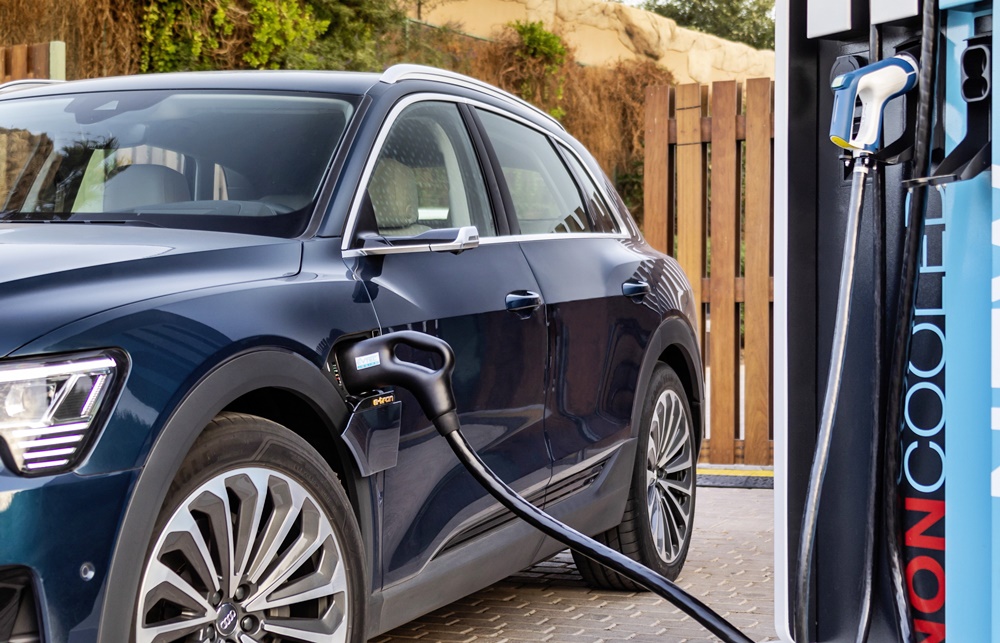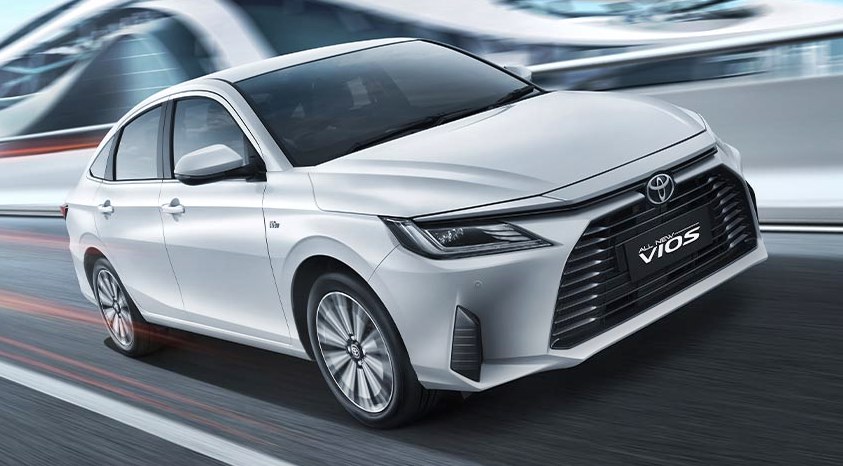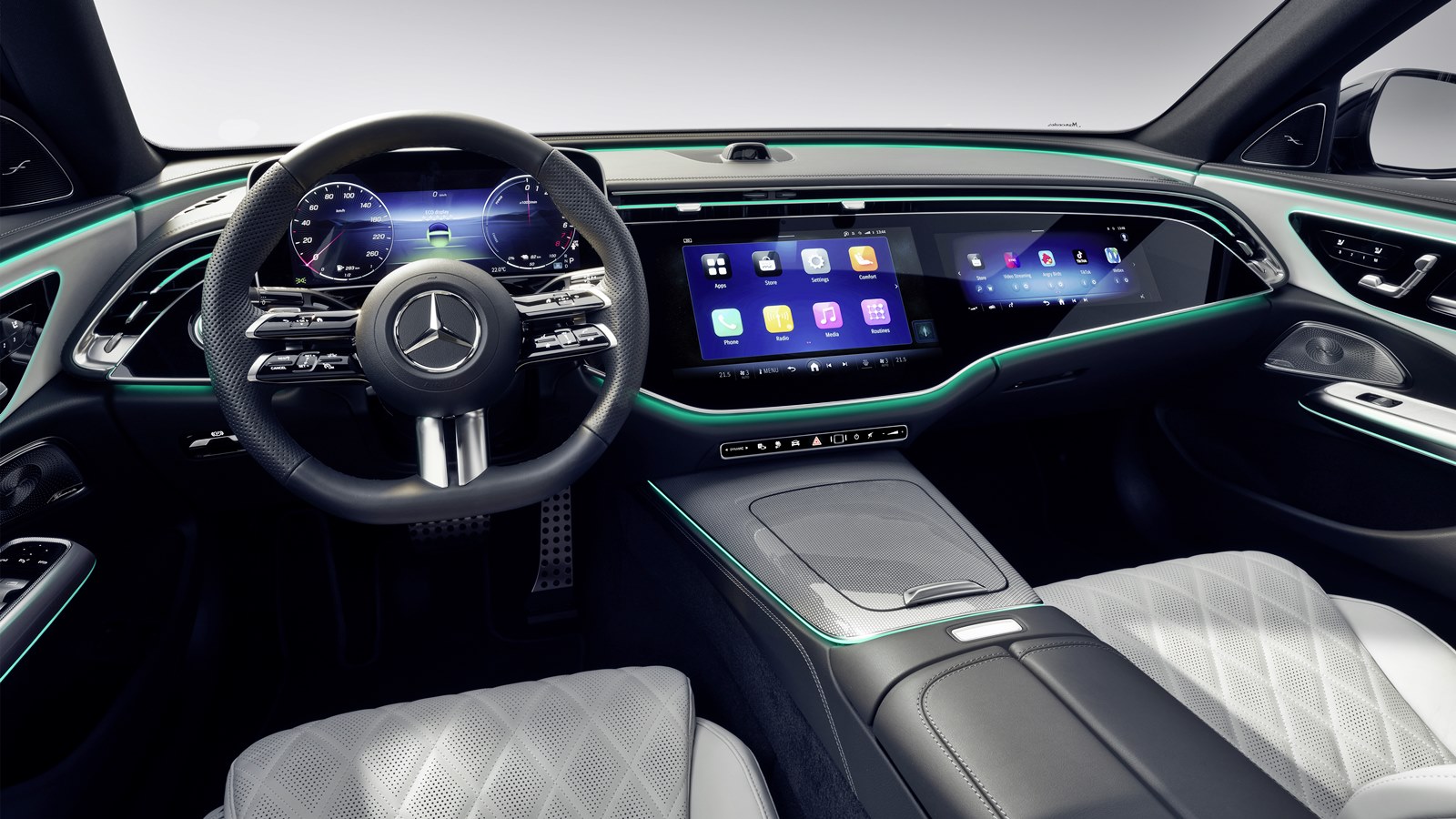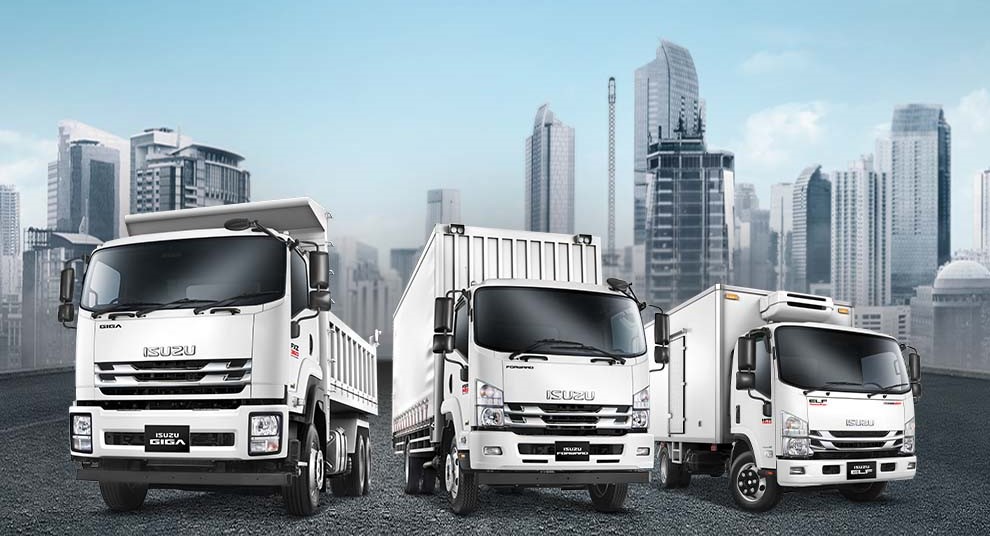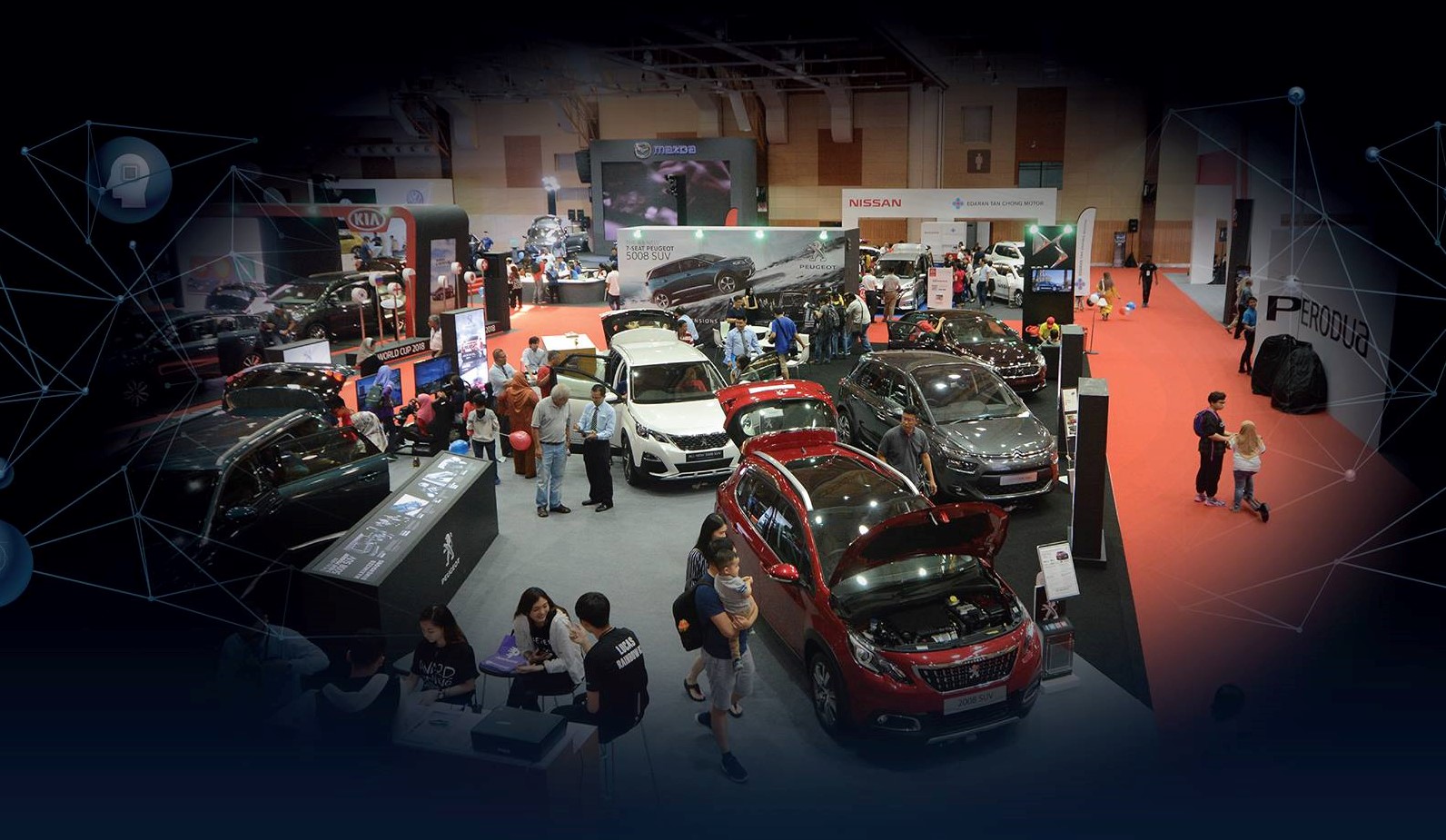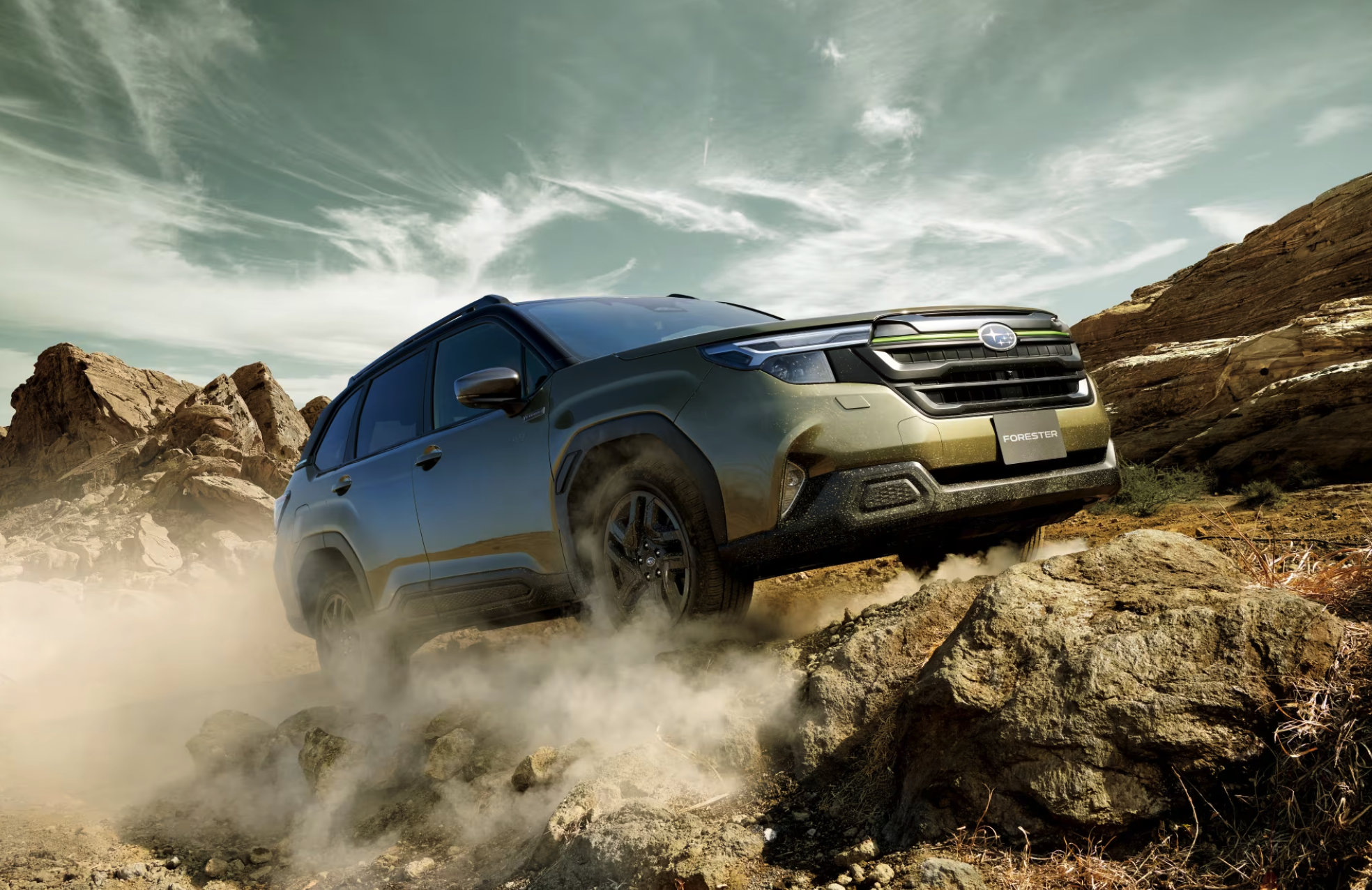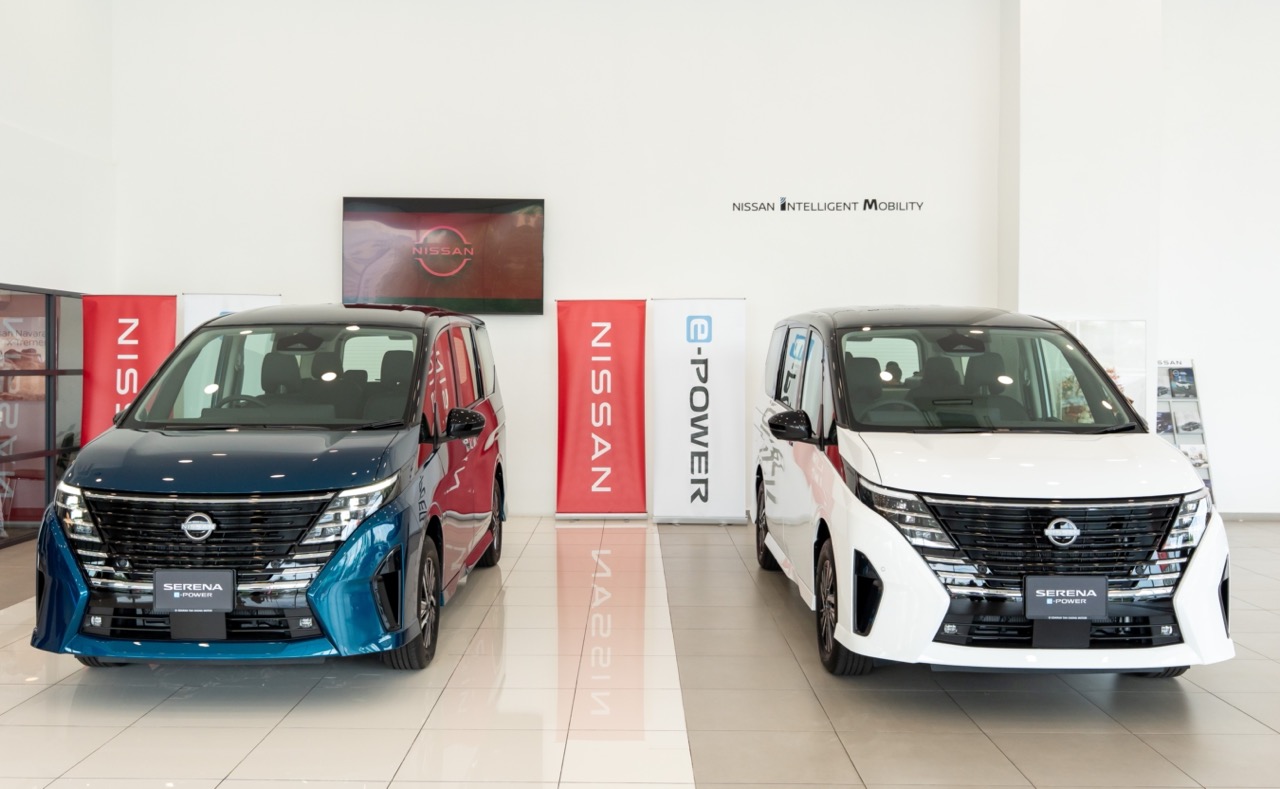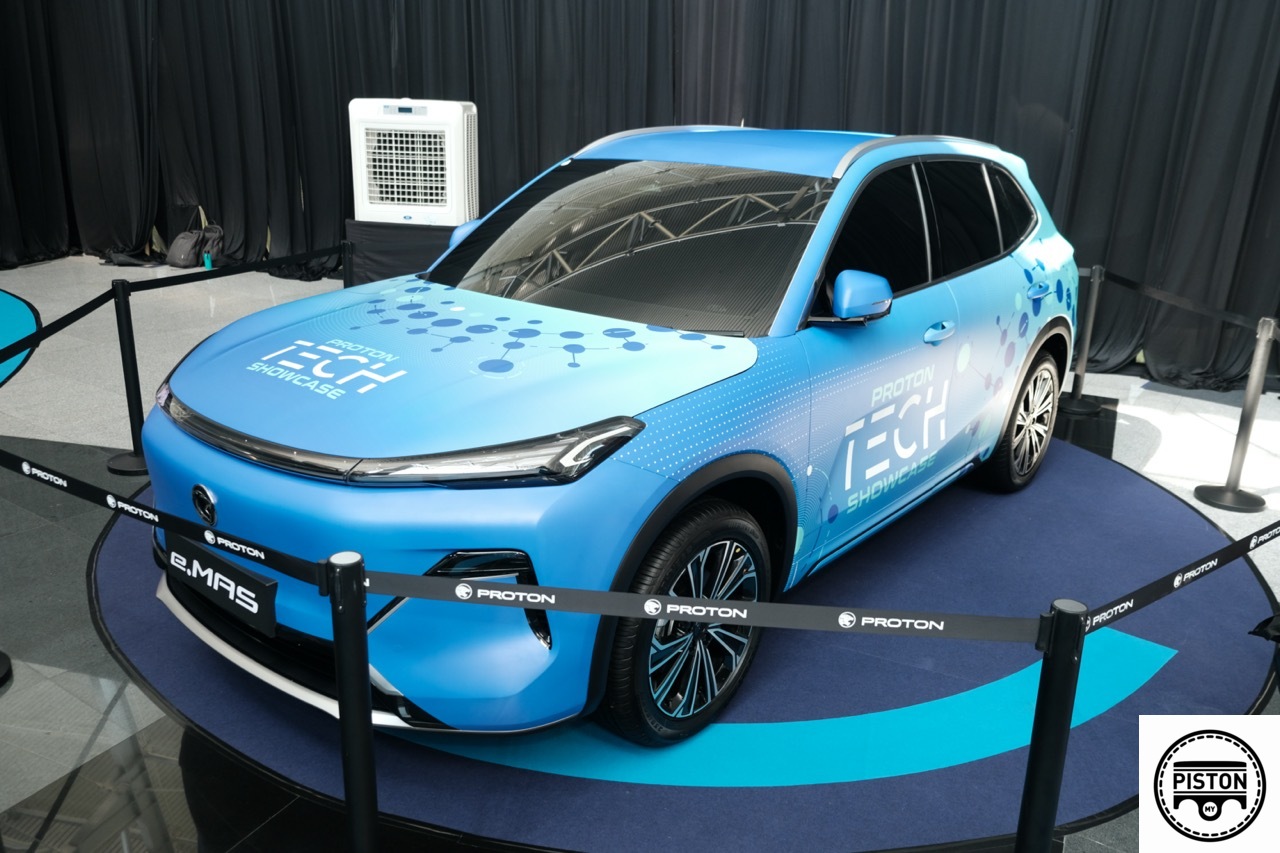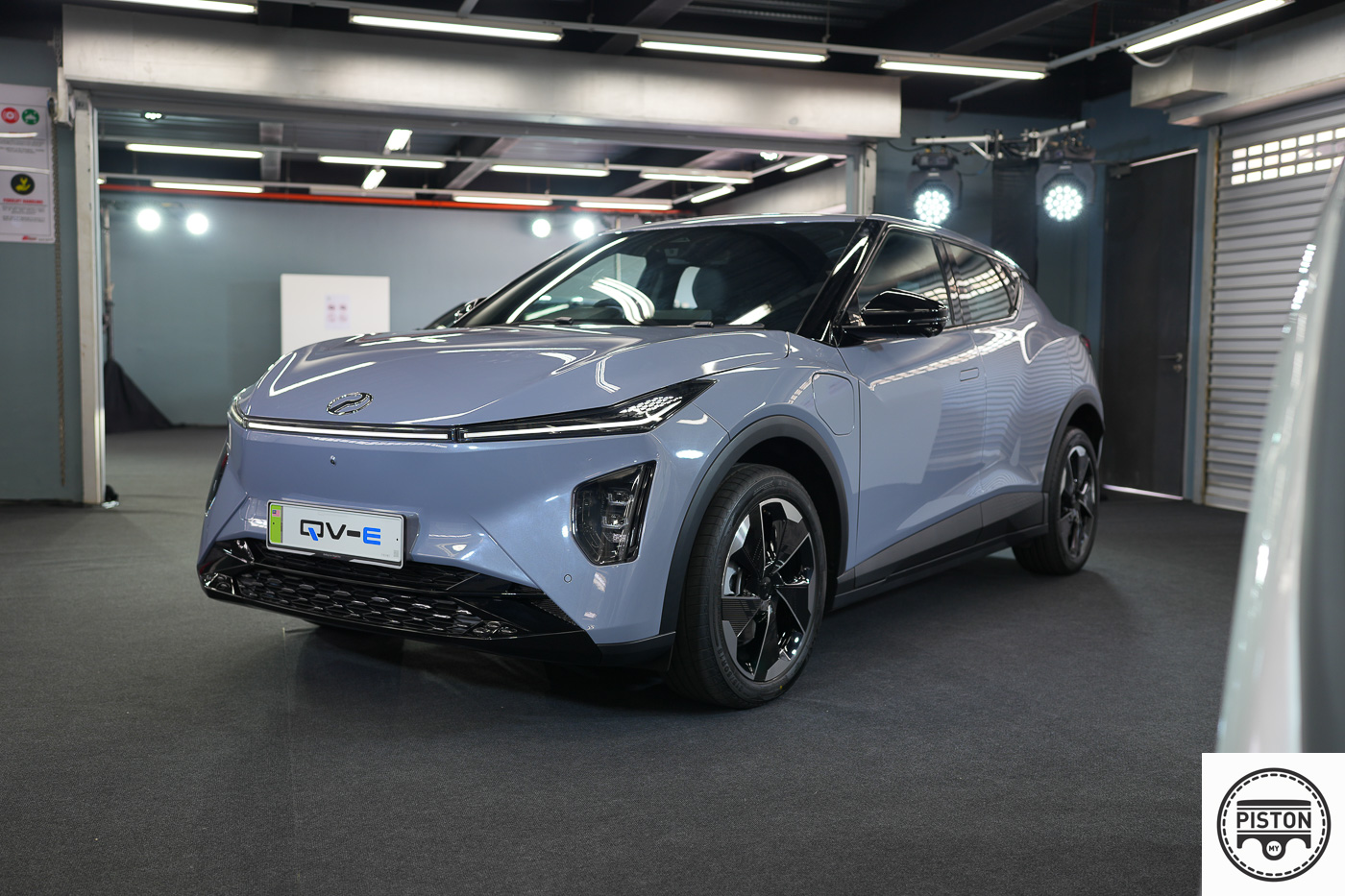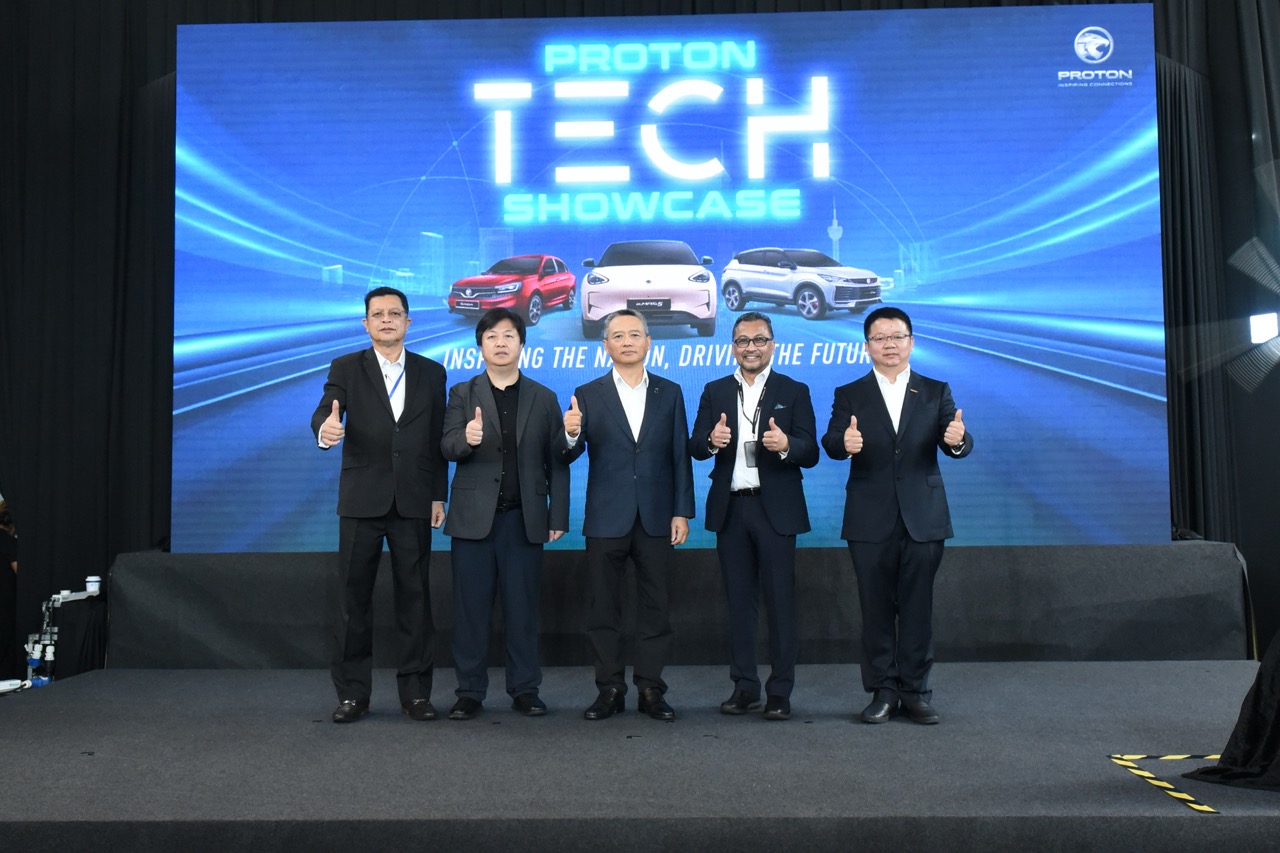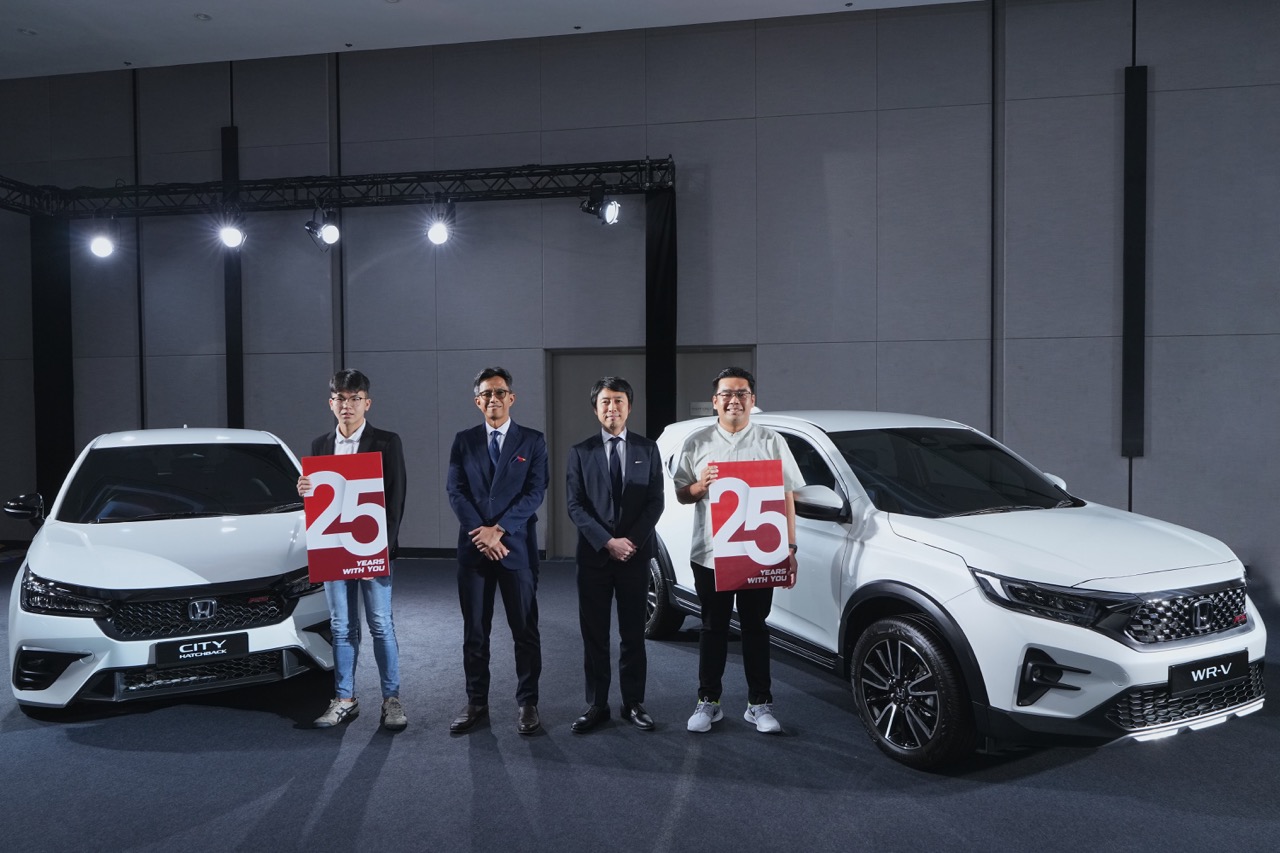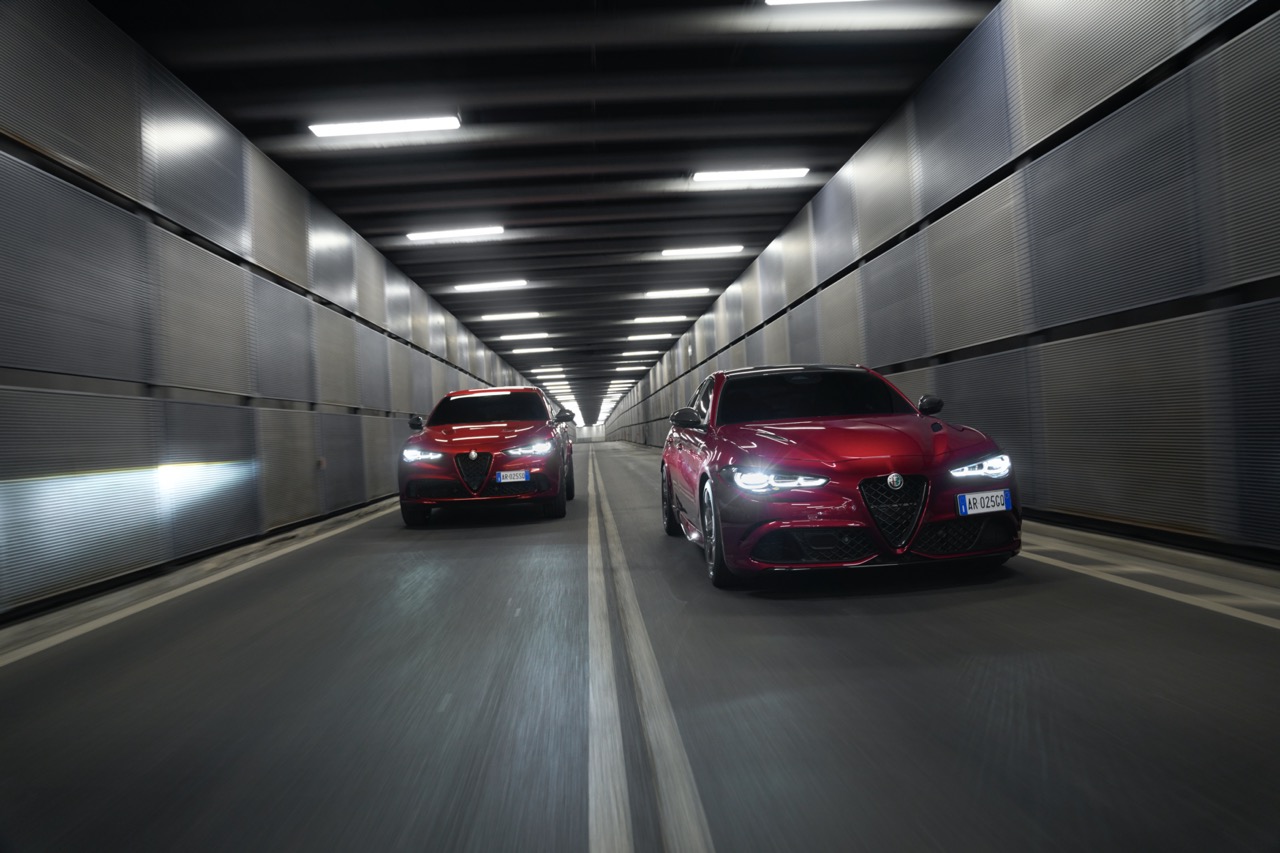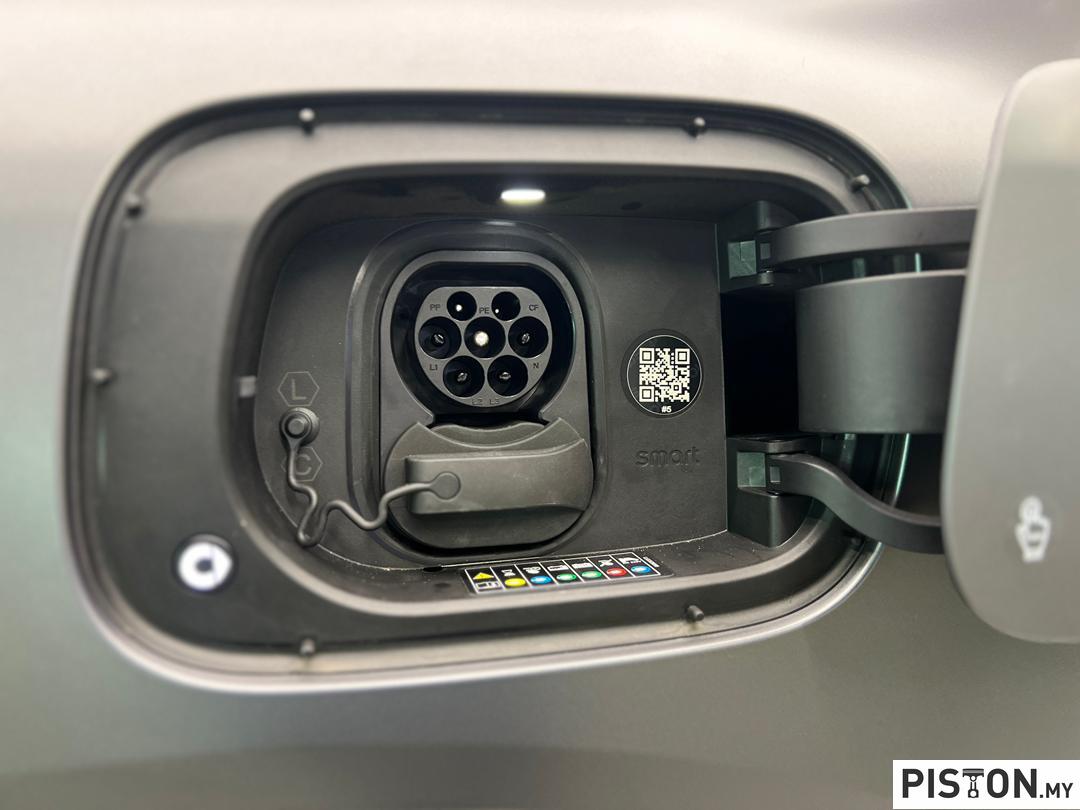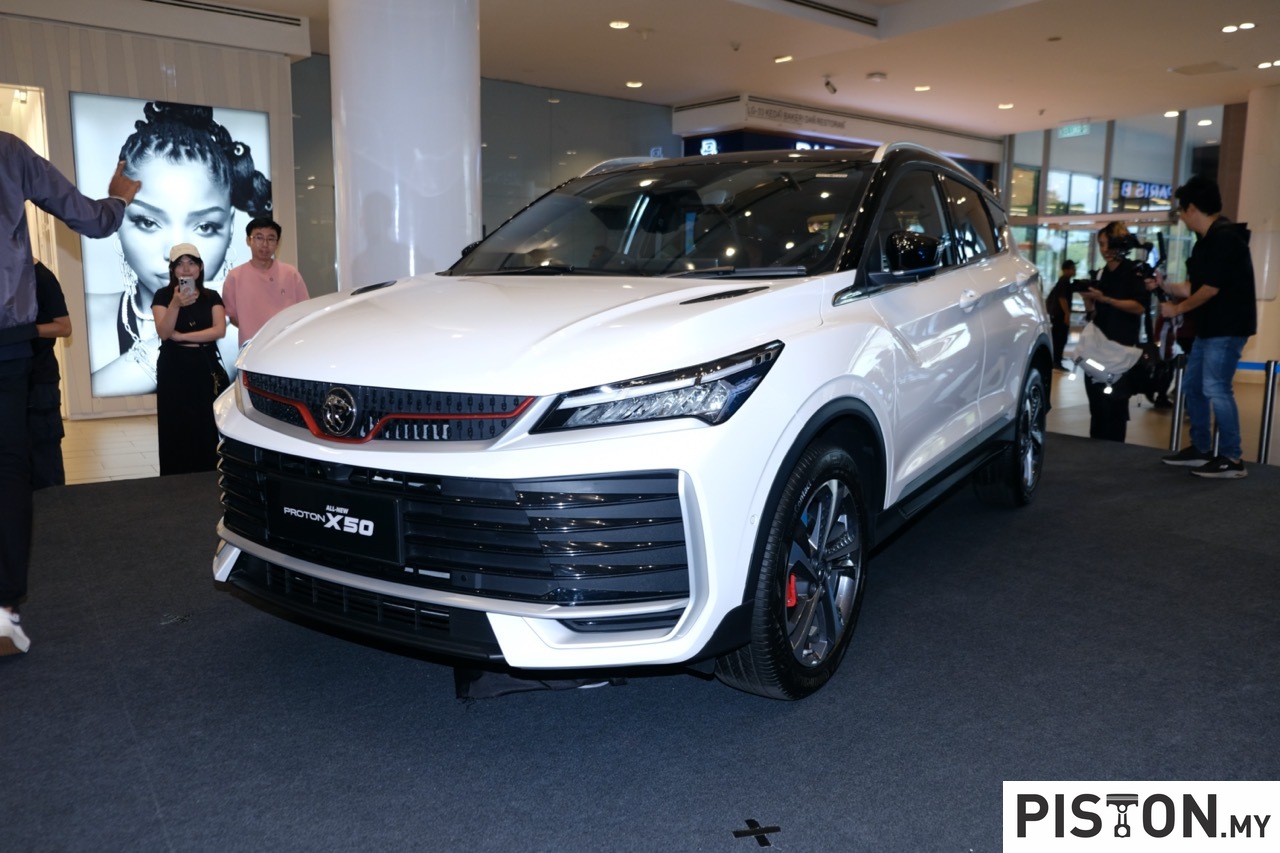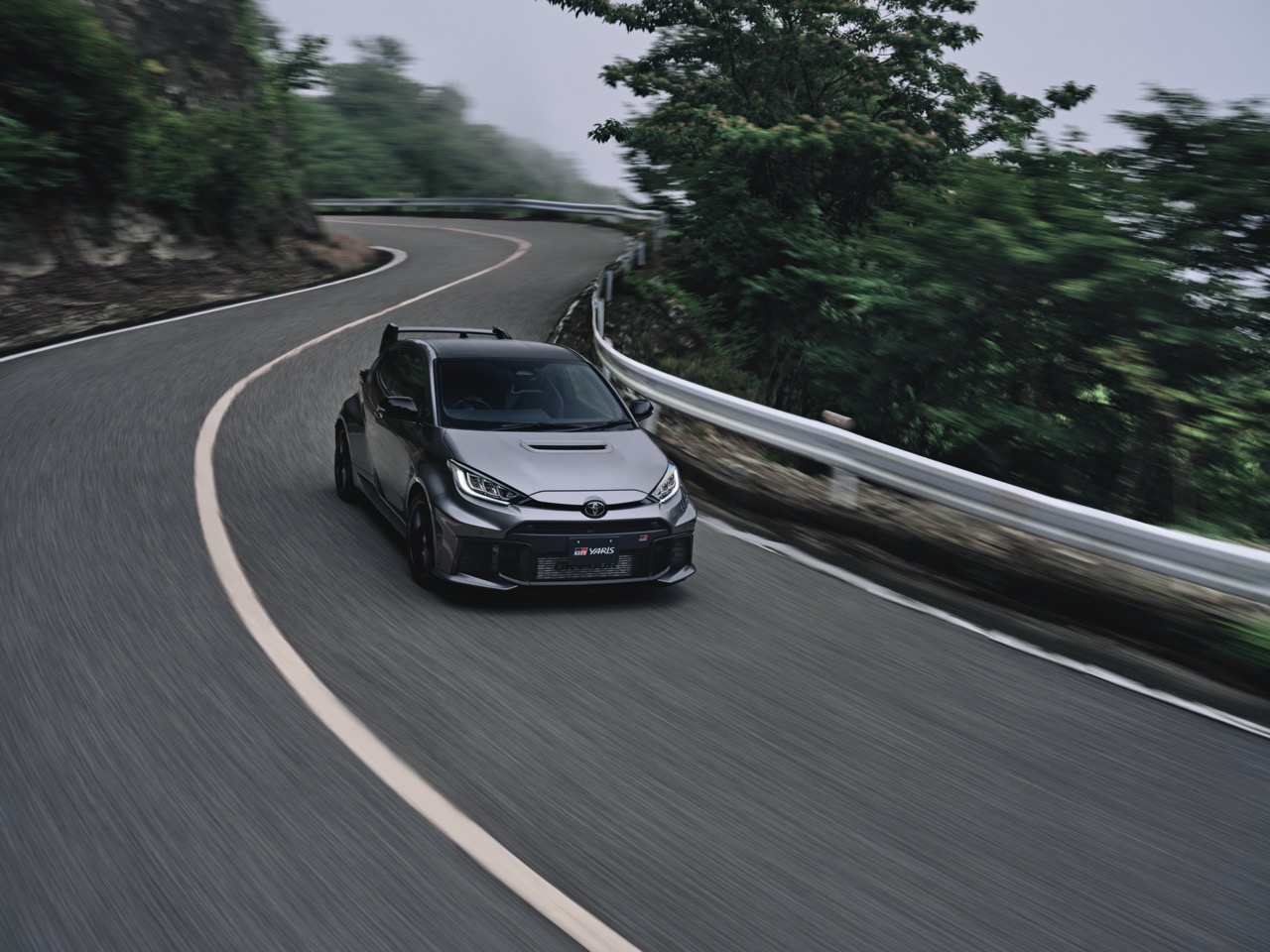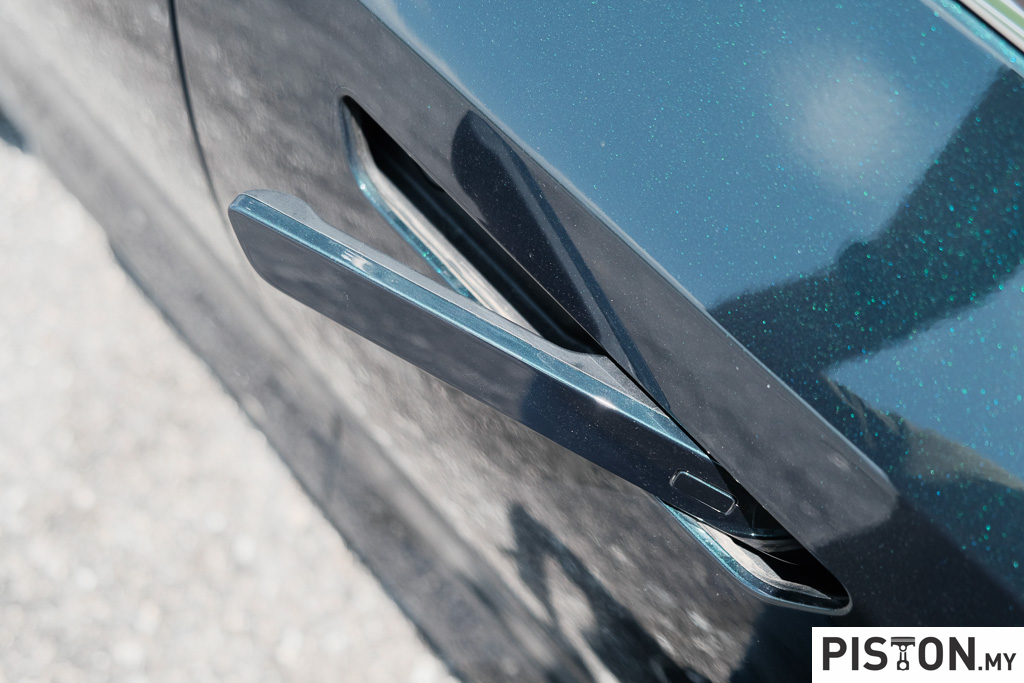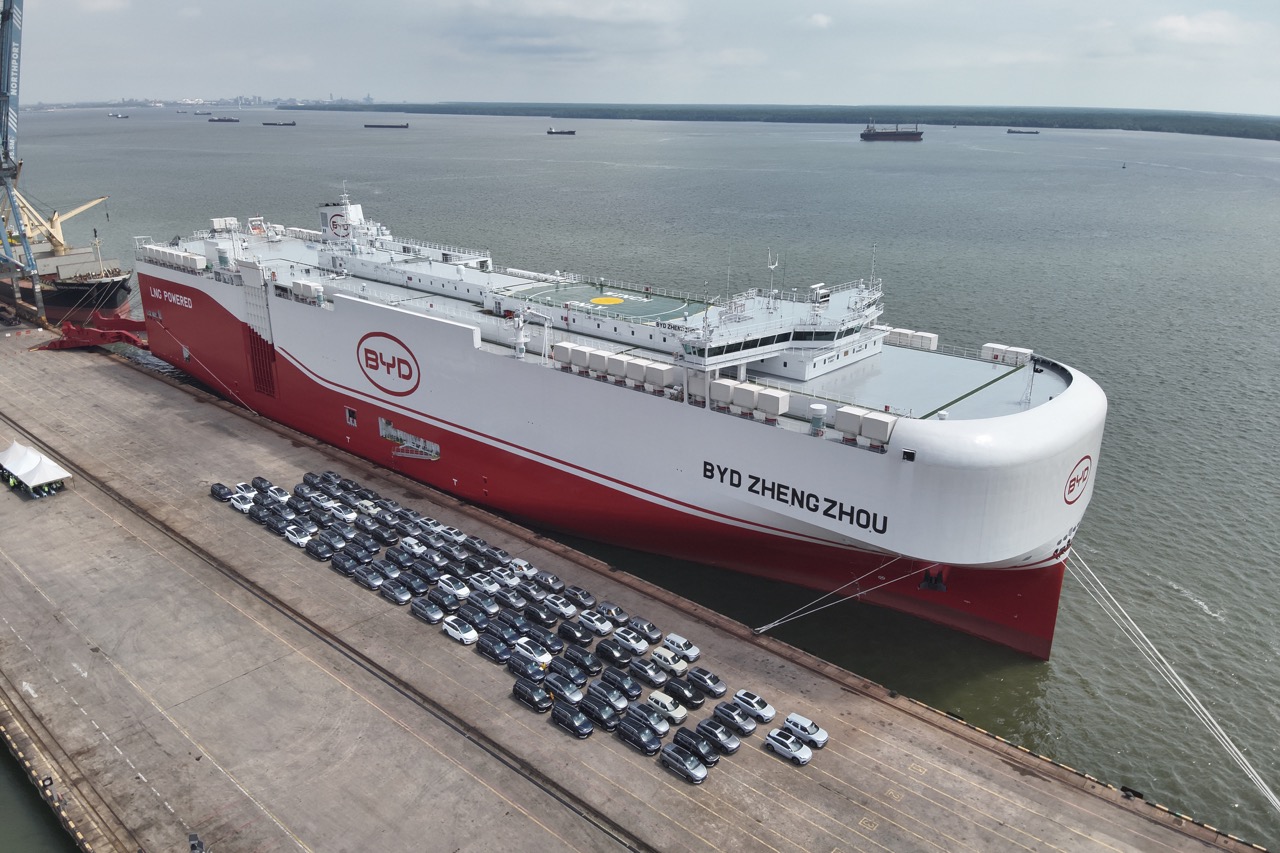It seemed surprising that when the Prime Minister/Finance Minister presented Budget 2023 yesterday, there was no mention of any matters related to the auto industry. In particular, the auto industry was waiting to hear about the extension of the tax-exemption for electric vehicles (EVs) which had been proposed in October. Back then, the proposed Budget 2023 by the previous government had extended the exemption for CBU (completely-built-up) EVs for one more year, ie till the end of 2024. However, as the Budget was not tabled in Parliament, it was not confirmed which is why we had the new one presented yesterday.
The Finance Ministry, through its website, had also posted information regarding this matter as part of the revised Budget 2023 Touchpoints and it’s good news. The exemption of excise and import duties for EVs imported in CBU form will continue till the end of 2025. For companies that assemble EVs locally, the exemptions will be provided till the end of 2027, along with full import duty exemption for components used in the assembly of the EV models. Incidentally, EVs in this case refers only to battery electric vehicles and fuel-cell electric vehicles and not electrified vehicles such as hybrid (HEV) or plug-in hybrid vehicles (PHEVs), for which there are other incentives given.
(more…)
